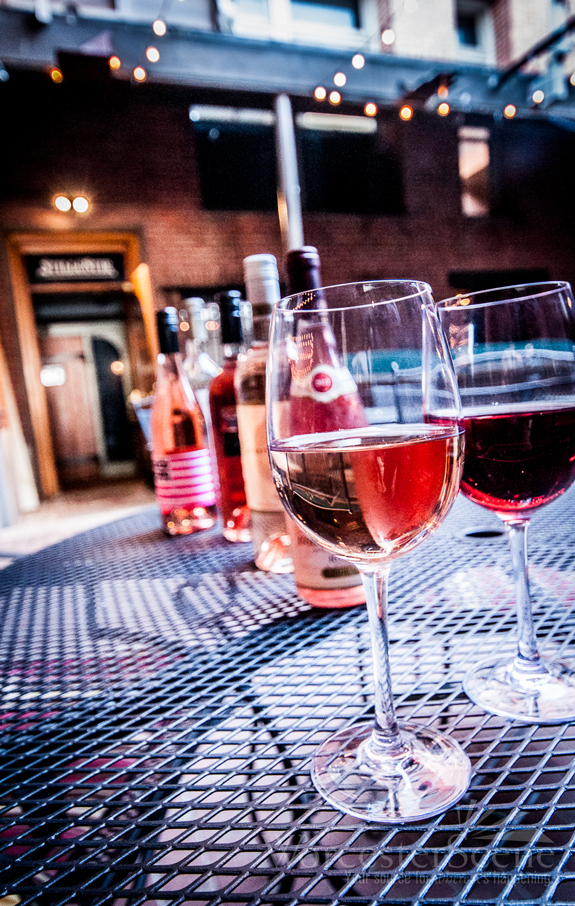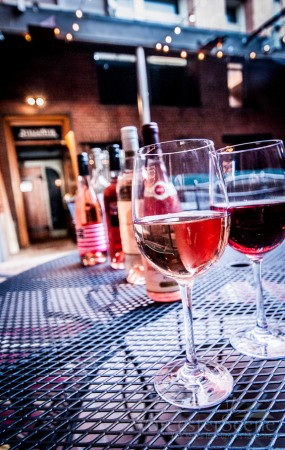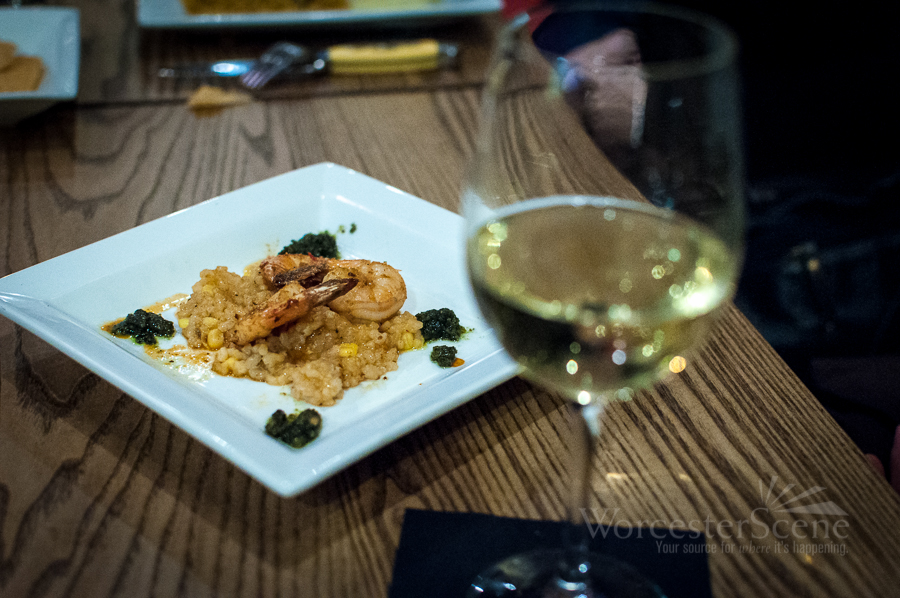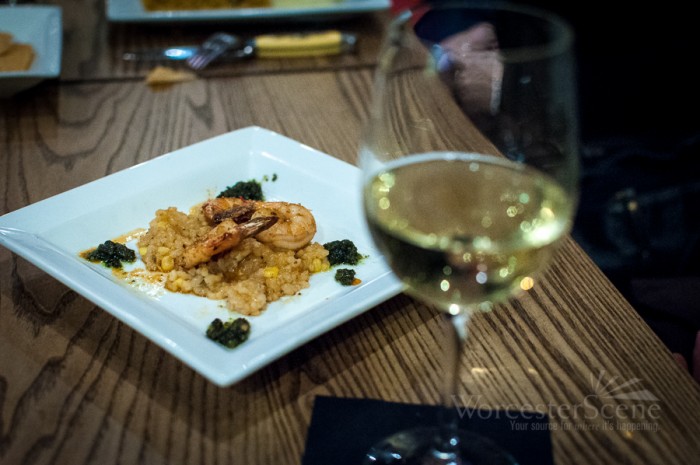
Winter is finally over, I think, and it is officially Rosé season. Mid-spring is the time that most wineries release their Rosé made from last year’s harvest, and wine lovers around the world rejoice. Not only is Rosé highly regarded and anticipated by the wine community, but it also signifies warmer weather approaching, which might make us just a bit more affectionate towards Rosé season. Contrary to popular belief, it is not the same wine as its notorious cousin, White Zinfandel. Although they may share the same pink color, they have completely different styles; White Zin being sweet and slightly cloying, lacking structure, while Rosés remain mostly dry with the structure of a red wine but is served chilled and drinks like a white wine.
 In order for a Rosé to achieve that pink hue, there are several methods of production. The first and less practiced, even discouraged, method is blending a white wine with a red wine. Another practice is either bleeding or pressing red grapes to extract a light pink juice to ferment into wine. However, most winemakers practice limited maceration, soaking the skins of the grapes to extract color and flavor, for a short period of time, usually just a few days, so the color is not as concentrated as a red wine. This extracts just enough color and red fruit aromas. What results is a supple yet expressive dry wine that is the cool, refreshing answer to a warm, sunny day. Not only is this style of wine satisfying, it is also incredibly versatile as far as food-friendliness. Whether you are enjoying lighter fare such as salad and veggies or heavier items like burgers and cheese, this wine goes with almost everything. Even pickles go exceptionally well with Rosé!
In order for a Rosé to achieve that pink hue, there are several methods of production. The first and less practiced, even discouraged, method is blending a white wine with a red wine. Another practice is either bleeding or pressing red grapes to extract a light pink juice to ferment into wine. However, most winemakers practice limited maceration, soaking the skins of the grapes to extract color and flavor, for a short period of time, usually just a few days, so the color is not as concentrated as a red wine. This extracts just enough color and red fruit aromas. What results is a supple yet expressive dry wine that is the cool, refreshing answer to a warm, sunny day. Not only is this style of wine satisfying, it is also incredibly versatile as far as food-friendliness. Whether you are enjoying lighter fare such as salad and veggies or heavier items like burgers and cheese, this wine goes with almost everything. Even pickles go exceptionally well with Rosé!
Now that you are daydreaming about pickles and a chilled Rosé for a poolside snack, you probably want to know what kind to buy. If you are more of a red wine drinker, you may want to opt for a Spanish “Rosado”. These wines tend to see a slighter longer maceration time, extracting more color and deeper fruit concentration, resulting in an almost purple color. If you enjoy minerality in wines, both red and white, you may want to look towards Italian “Rosatos”, often characterized by a bright red cherry color. If you are still apprehensive of drinking pink, the most sophisticated of palates can enjoy a well-made French Rosé. The French, especially Provence in Southern France, have a stronghold on the Rosé market and have led the way for other producers to actually make money on this type of wine, initially produced as a by-product of unusable red grapes. French Rosé is a perfect balance of fruit, acidity, minerality and elegance. That being said, there are countless producers that ake beautiful wines, including but not limited to those along the entire West Coast of the United States, South Africa and Eastern European countries, and many of them are worth trying.
Do yourself a favor and start exploring the world of Rosé. It is the perfect pairing for hosting get-togethers, poolside refreshments and everyday enjoyment. You will start to identify Rosé with springtime as much as flowers and sunshine, and you will be happier for it.




